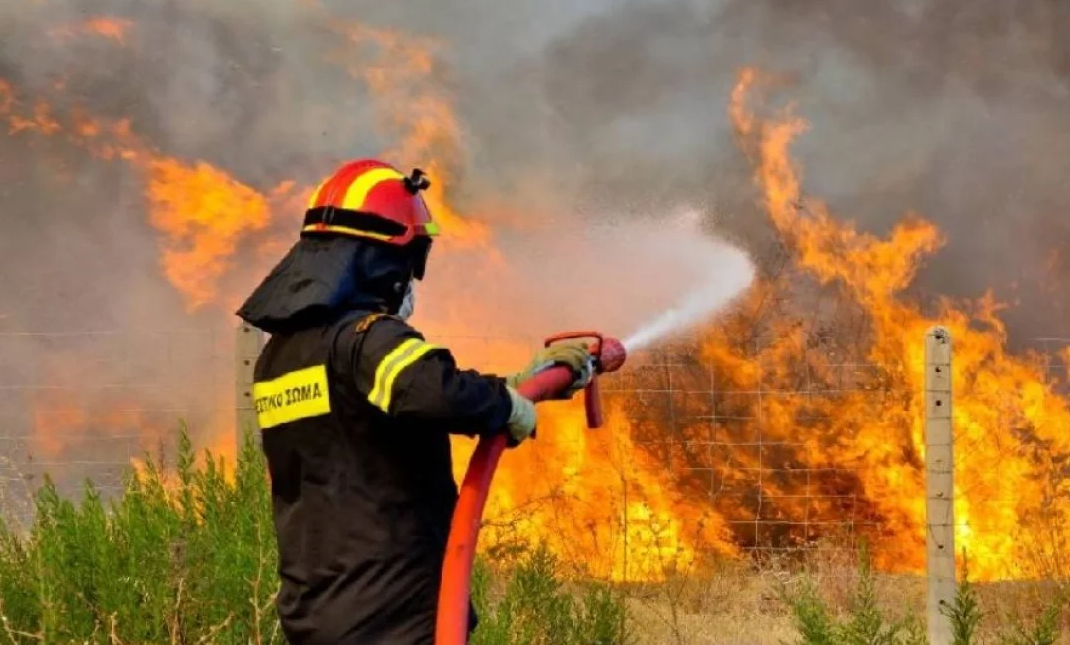It has been proven life-saving in hundreds of emergency situations, such as fires or floods, forming a first line of defense against such phenomena that are becoming increasingly frequent due to climate change. At the same time, many incidents where our fellow citizens were in danger for their lives were successfully addressed.
We’re talking about our well-known 112, which, as revealed today by protothema.gr, is being equipped with new capabilities to provide even better services to citizens.
The new 112 is expected to provide a plethora of services, from video calls and communication in cases where there is no mobile network coverage, but only Wi-Fi, to an optimized and constantly evolving communication environment tailored to the needs of people with disabilities, a Silent Button for silent incident reporting (e.g., in hostage situations), as well as protection instructions even when the user is offline. It is a complex and demanding project for which a tender is already underway by the Information Society, with a total budget of 27 million euros (including the option right and VAT).
The deadline for submitting bids for the tender is May 27, while the duration of the contract is 21 months from its signing. This means that the new 112 is expected to be fully operational in about two years. The project is funded by the National Civil Protection Program “Aegis” and the European Investment Bank (EIB).
Despite its significant contribution, the 112 system is in need of upgrading for several reasons, primarily because its existing software is no longer supported, while the technologies it relies on have become outdated.
Thus, with the implementation of the project foreseen by the relevant international tender, Greece will transition to the Next Generation 112.
It will consist of Next Generation 112 call management software, an IP-PBX telephone center, geographic information system software, and geographic data. It will provide the capability for first and second-level responders to conduct voice and video calls, communicate with citizens and people with disabilities in real-time using Real-Time Text (RTT), communicate via SMS, receive eCall data, and perform simultaneous geolocation where feasible. The system will be installed in the two existing Data Centers of the Ministry of Climate Crisis and Civil Protection.
As part of the project, state-of-the-art telecommunications systems with high availability arrangement will be installed to ensure the uninterrupted operation of the provided services. These include:
– A high-capacity telephone center to cover the needs of the provided services. It will be easily scalable with large capacities for both user numbers and urban network lines.
– Session Border Controller (SBC).
– Call Center.
– Interactive Voice Response (IVR) system.
– Call Recording system.
– Network Management System (NMS).
– eCall service system.
– Telephone devices and softphones.
The project includes the procurement and installation of 400 workstations and associated equipment. Upon its implementation, electronic multi-channel services will be provided both to the general public on a case-by-case basis and to internal users.
Pro-Hamas rioters try to break into hotel in Athens where Israelis were staying (video)
The overall system will consist of 17 subsystems, including:
– Geocoding and Reverse Geocoding Subsystem: This subsystem will enable the location of incidents based on caller information or geographic coordinates from automatic location determination systems (e.g., AML, eCall).
– Caller Assistance Interview Subsystem: This subsystem will guide first-level responders through a series of questions based on their responses.
– Call Management and Incident Information Forwarding Subsystem: This main subsystem of the software will handle all incoming call and emergency message management functions for both first-level responders and second-level responders (dispatchers). It will include functions such as interfacing with telecommunications provider databases for call geolocation, real-time chat messaging exchange, and the ability to create video calls with citizens with the sending of secure teleconference hyperlinks via SMS.
– Business Intelligence (BI) Subsystem: This subsystem aims to assist decision-making. The BI subsystem will collect, analyze, and present data from all other subsystems of the software and present them appropriately on customizable dashboards to support decision-making and statistical analysis. It will provide the ability to present analysis results using graphs, charts, and other visualization tools.
– Mobile 112 Total Conversation Application: This application aims to support people with disabilities by providing advanced capabilities for sending caller information, making video calls, and exchanging real-time text.



































